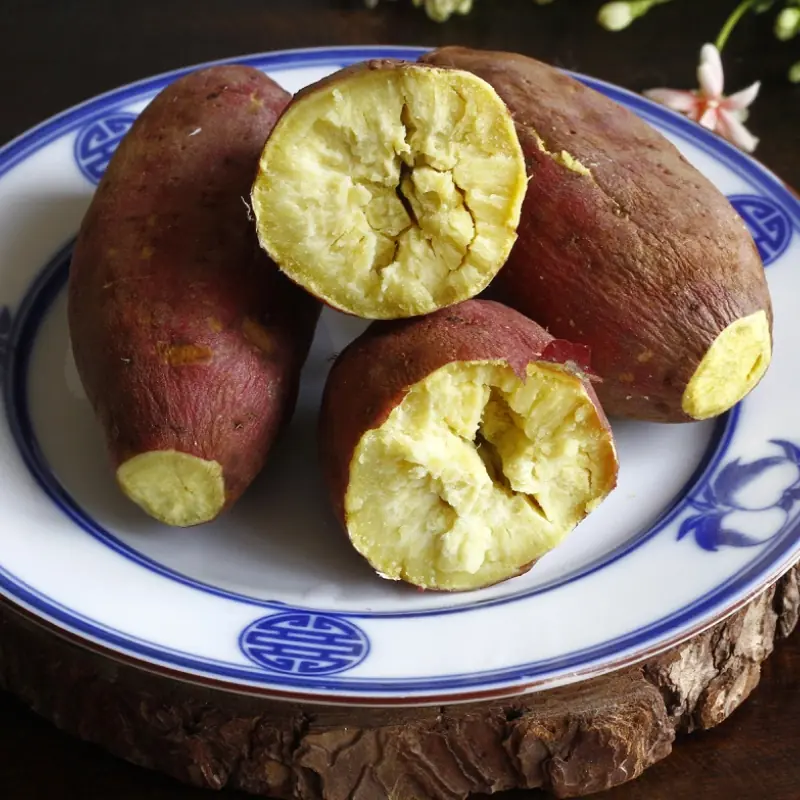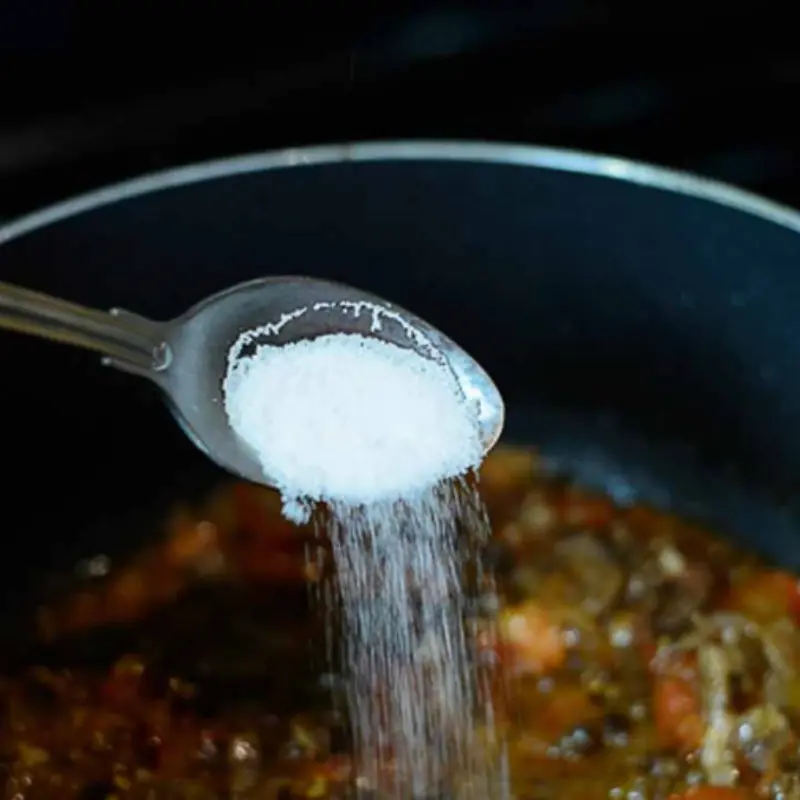
Growing squash with only leaves but no fruit
How to Make Your Squash Plants Produce More Fruit – A Secret Trick!
If your squash plants are growing lots of leaves but not producing fruit, you're not alone. Many gardeners face this issue, where the plant appears healthy but fails to set fruit. The good news is that with a few simple adjustments, you can encourage abundant squash production.
In this guide, we will explore the reasons why squash plants fail to fruit and reveal the secret trick to turn your leafy squash vines into a productive garden.
1. Why Is Your Squash Plant Not Producing Fruit?
Squash plants are typically fast-growing and high-yielding, but sometimes they may fail to bear fruit due to a few key factors. Below are the most common reasons:
A. Lack of Pollination
Squash plants produce both male and female flowers, but without proper pollination, female flowers won't develop into fruit. If bees or other pollinators are absent, your plant may remain barren.
✔ Solution: Hand-pollinate the flowers using a small brush or cotton swab.
B. Too Much Nitrogen
If your squash plant has huge, green leaves but no fruit, it may be getting too much nitrogen. Nitrogen promotes leaf growth but suppresses flowering and fruiting.
✔ Solution: Reduce nitrogen fertilizers and switch to phosphorus and potassium-rich fertilizers (like bone meal or banana peels).
C. Poor Pruning and Overcrowding
Squash vines grow rapidly and can become too dense, blocking sunlight and airflow. If the plant is overcrowded, it may focus on vine growth instead of fruit production.
✔ Solution: Regularly trim excess leaves and ensure plants have adequate spacing for sunlight penetration.
D. High Temperatures or Stress
Squash plants may stop producing fruit if exposed to excessive heat, drought, or inconsistent watering.
✔ Solution: Water deeply in the morning and mulch the soil to retain moisture.
2. The Secret Trick to Boost Squash Production
If your squash plant is still struggling to produce fruit, try this simple but effective trick:
Gently Cut the Tip of the Main Vine
✂ Why This Works: Cutting the tip of the vine redirects energy from excessive leaf growth to flower and fruit development. This method is known as "topping" or pruning.
How to Do It:
- Locate the main vine and find the tip where it continues to grow.
- Use sharp scissors or pruning shears to cut about 2-3 inches off the tip.
- This will stimulate lateral growth, leading to more side branches and increased fruiting.
- Continue monitoring your plant and remove excess leaves that block sunlight from flowers.
👉 Bonus Tip: After pruning, apply an organic fertilizer high in phosphorus and potassium to further boost fruit production.
3. Additional Tips for a High-Yield Squash Plant
A. Encourage More Pollinators
Since pollination is key to fruit production, try these methods to attract more bees and butterflies:
🐝 Plant flowers like marigolds, lavender, or sunflowers nearby.
🍯 Spray a sugar-water solution on squash flowers to attract pollinators.
🖌 Manually pollinate by transferring pollen from male to female flowers using a soft brush.
B. Provide Support for Climbing Squash
Squash plants can grow better when given a trellis or support system. Vertical growth:
✔ Improves air circulation
✔ Reduces fungal diseases
✔ Makes harvesting easier
C. Mulch to Retain Moisture
Squash plants need consistent watering, but too much water can cause root rot. Apply straw, grass clippings, or wood chips around the base to retain moisture without overwatering.
4. How Long Until Squash Starts Producing Fruit?
With the right care, squash plants typically start producing fruit within 50-60 days after planting. However, by following the pruning trick and improving pollination, you can see results within just a few weeks!
🚀 After using these methods, expect to see flowers transforming into small fruits within 7-14 days.
Conclusion
If your squash plant is growing only leaves but no fruit, don’t worry! By pruning the main vine, improving pollination, reducing excess nitrogen, and ensuring proper watering, you can turn your leafy squash into a highly productive plant.
Give this trick a try and enjoy an abundant harvest of squash in your garden! 🌱🎃
Would you like more gardening tips? Let me know! 😊

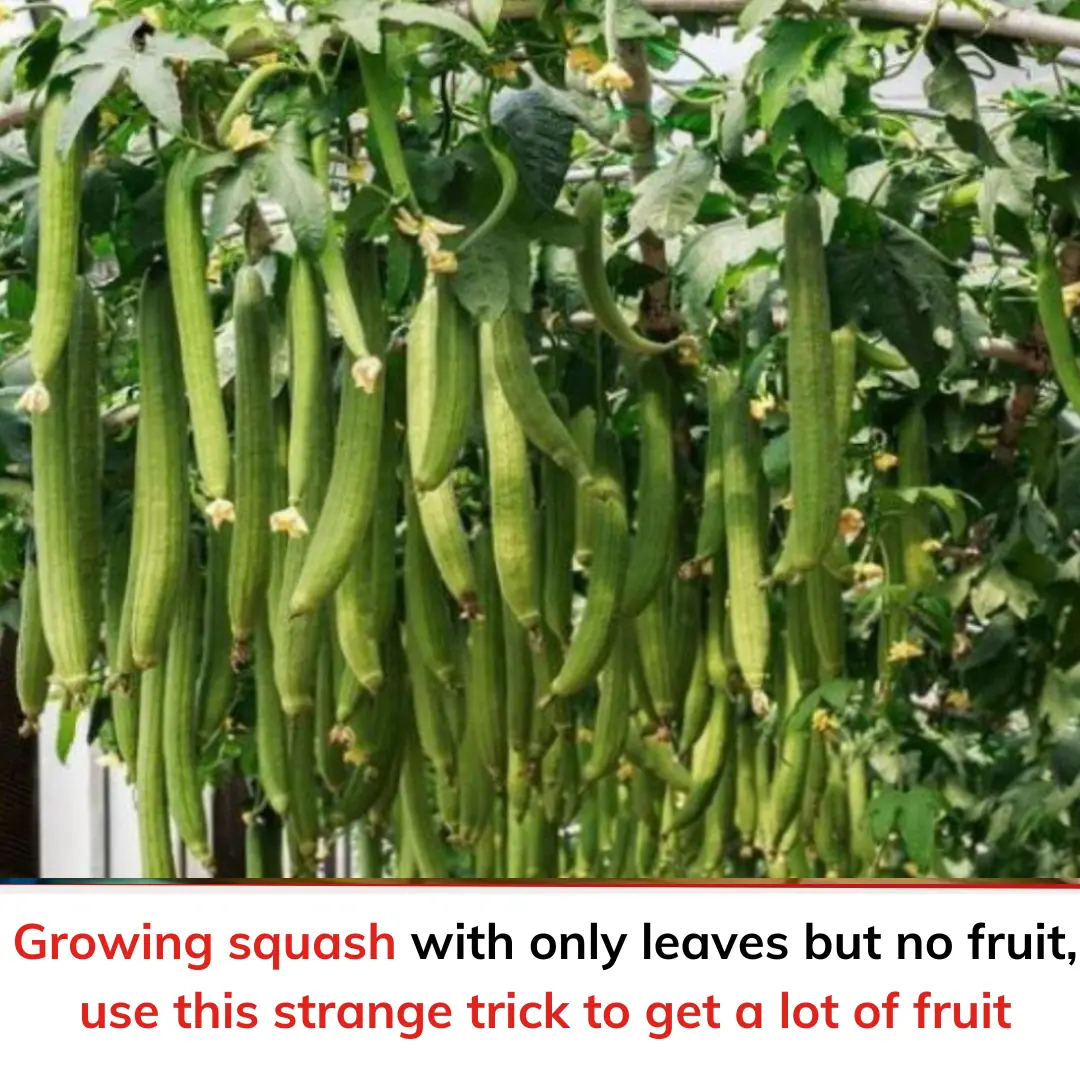
News in the same category

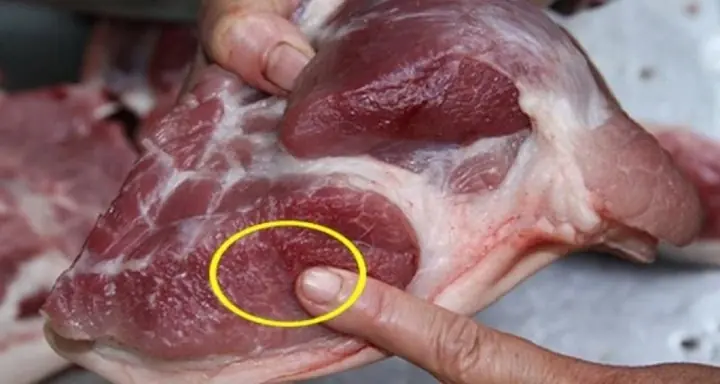
Butcher’s Honest Advice: When Buying Pork, It’s Best to Avoid These Three Types — Only the Uninformed Like Them

How to Effectively Remove Black Mold Spots from Household Items

Many people cook rice every day—but still get it wrong: 4 simple tips for tastier rice and better digestion
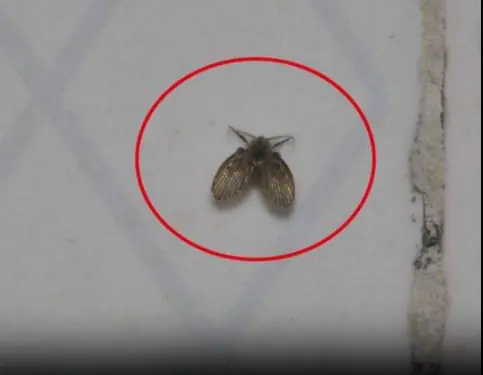
Little Black Bugs in the Bathroom? Here’s What They Are & How to Get Rid of Them for Good

Add a Few Drops of Oil to an Onion: A Simple Home Trick That Repels Mosquitoes and Improves Sleep

To prevent snakes from entering your house, you can apply the following methods.

Never reheat these 5 items in the microwave!

How to Fix a Weak Toilet Flush at Home - No Technician Needed

This small fridge button can significantly cut your electricity bill
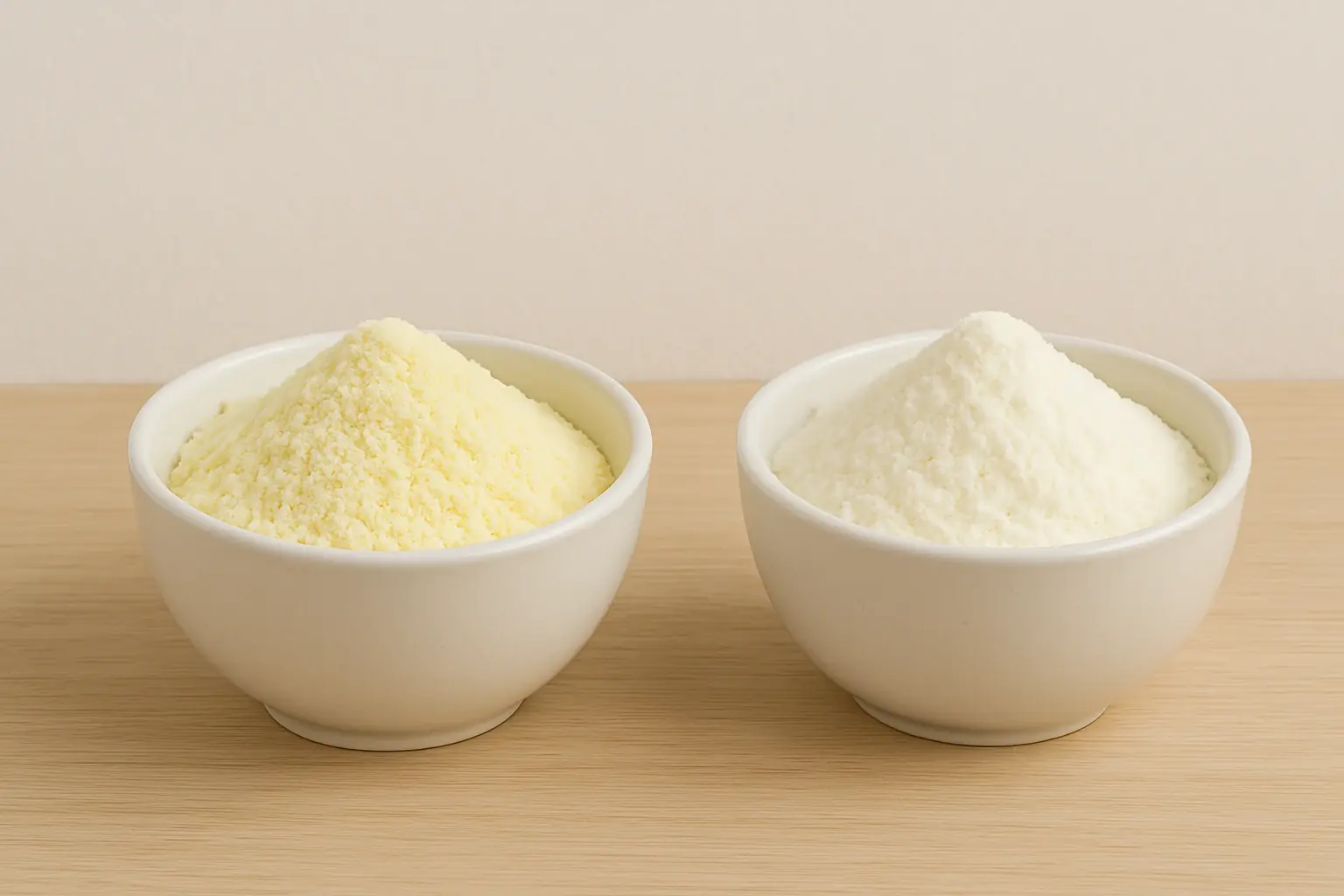
How to Tell Real Baby Formula from Fake: What Every Parent Needs to Know
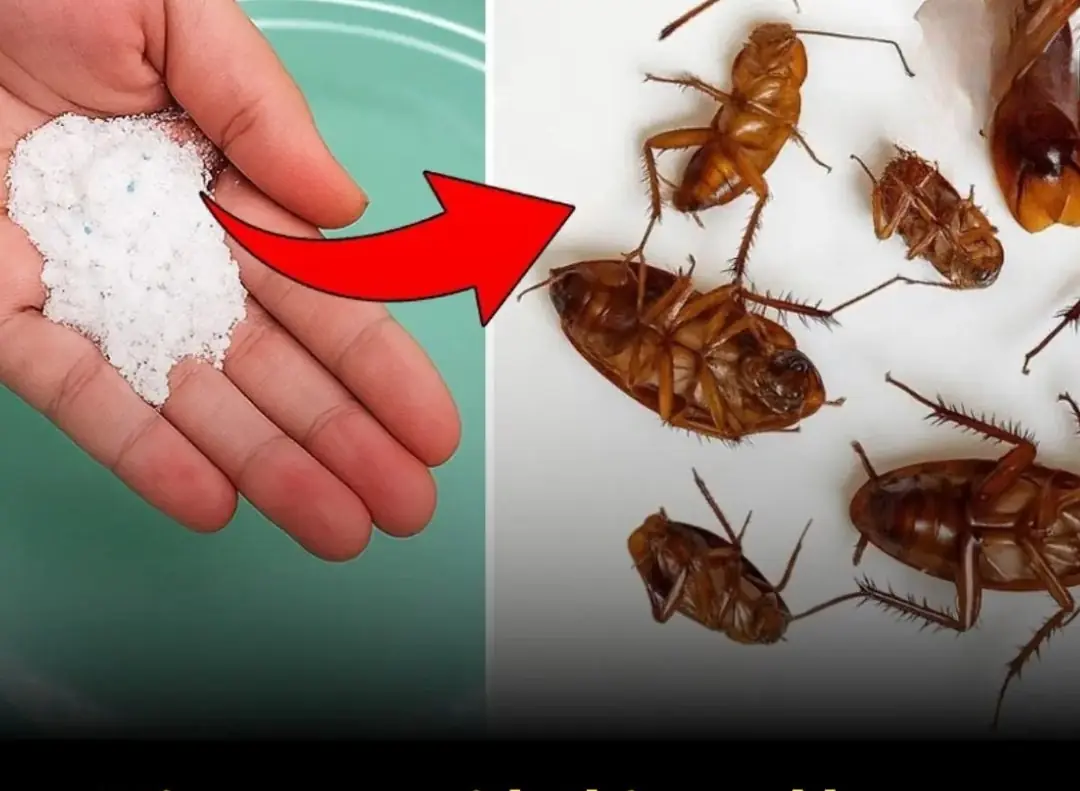
Smart tips to get rid of cockroaches and maintain a clean, fresh home

Your phone’s volume buttons can do more than you think - Here are 6 hidden tricks
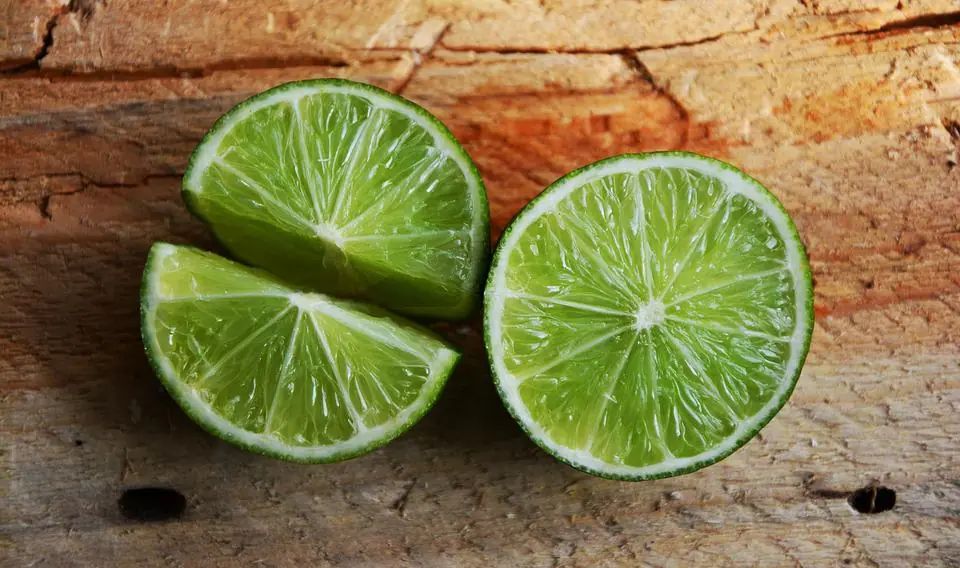
Don’t throw away lemon peels - Turn them into a powerful, natural cleaning solution for your home

If your partner leaves a clothespin on your shower head, make sure you know what it means

Tips for Freezing Fish So It Stays Fresh, Firm, and Flavorful for Up to a Month
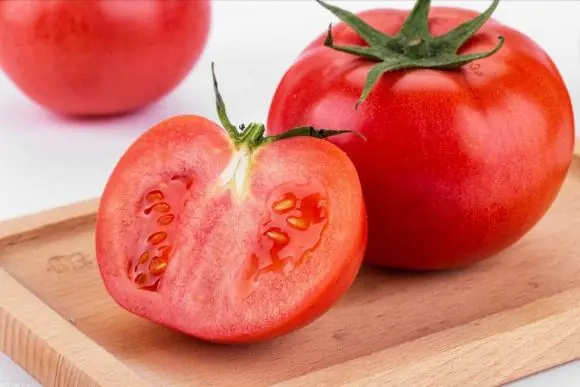
Don’t throw them away yet: Surprising ways to reuse tomatoes you think are useless

Restore a non-stick pan with milk instead of throwing it away

Two types of pork that look very fresh and delicious but should absolutely not be bought — sellers rarely reveal this
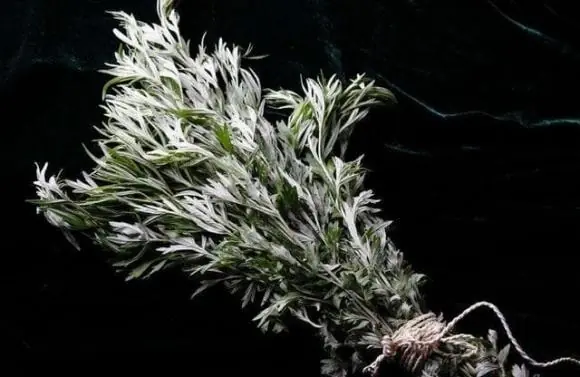
Hang these leaves at your door and watch flies and mosquitoes disappear
News Post

Drinking Coffee at the Right Time May Support Heart Health, Experts Say
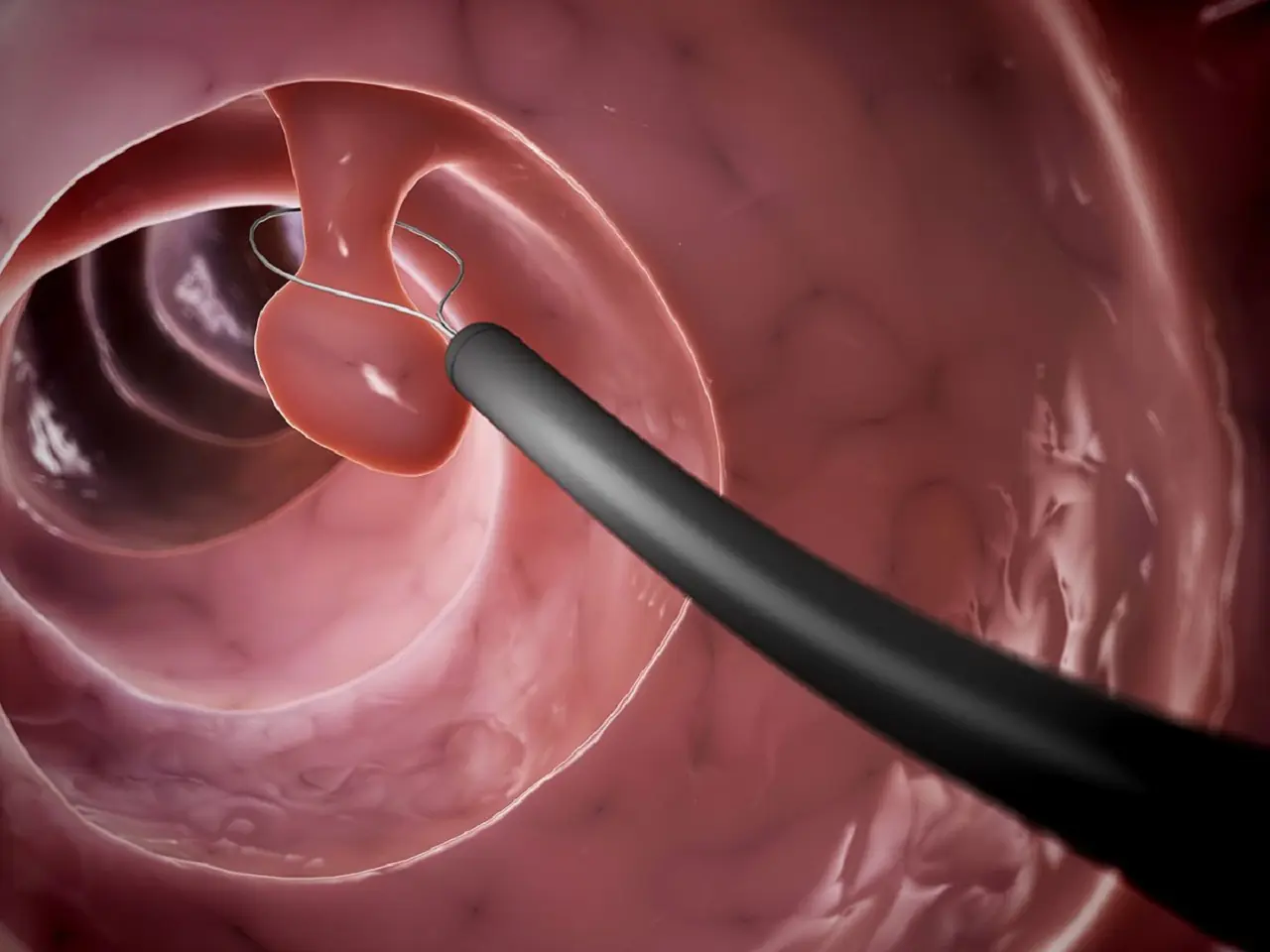
Early detection of colon polyps: The key to effective cancer prevention

For those who are in the habit of poking the leg out of the bed sheet when sleeping

Warning Signs That Cancer Is Growing in Your Body

Health Warning: 4 Types of Electric Kettles You Should Stop Using Immediately

The Back of Your Hand May Reveal Longevity Secrets: 4 Signs Everyone Should Check

More Than 90% of iPhone Users Don’t Know the Purpose of the Tiny Hole Next to the Camera

Doctors recommend a vegetable that supports the heart, fights aging, has 7x more calcium than bone broth, and is easy to find at the market.

The Biggest Cause of Liver Cancer Identified: Doctors Point to a Common but Overlooked Culprit

These 3 types of pai.n may indicate lung can.cer. Don’t overlook them

This type of "poiso,nous sandal" can cause early puberty in children, but many parents still buy it for their children to wear!

“Red Alert” for the Kidneys: Warning Signs You Should Never Ignore
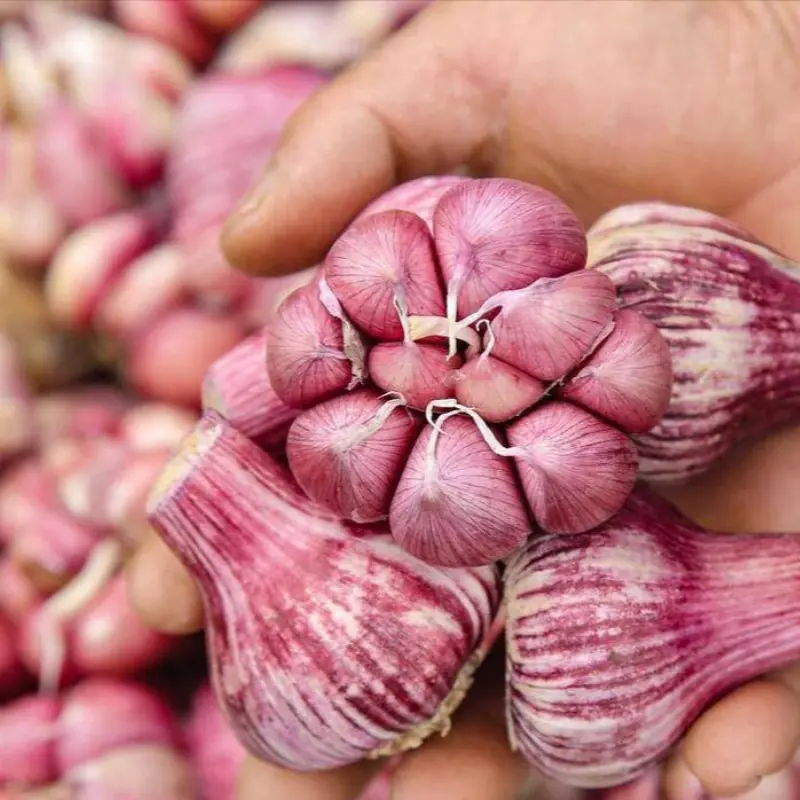
See these 4 garlic bulbs? Don’t buy them… don’t even accept them for free.

Hormonal imbalance in women is a common condition that, if left untreated, can affect various bodily functions.
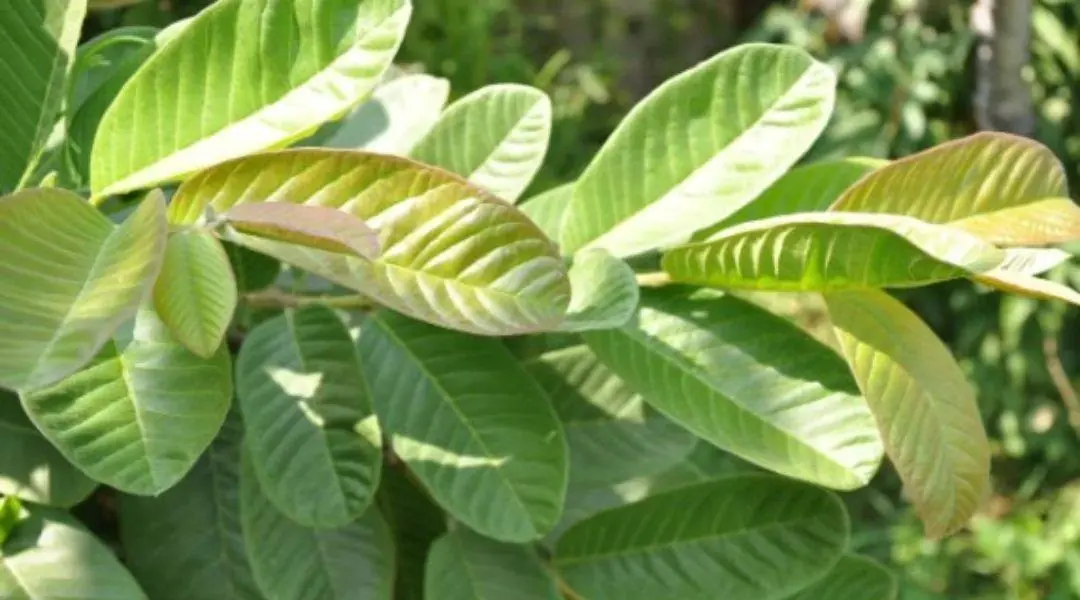
With this leaf in hand, you don't have to worry about diarrhea or health problems will improve

Don’t Drink Water Immediately After Waking Up: Doctors Reveal 5 Important Things to Do First

Don’t overlook this: frequent drooling during sleep could signal more than you think

Yawning is considered a very normal physiological reaction

3 Painful Areas on Your Body That Could Be Early Signs of Can.cer — Don’t Ignore Them, or It Might Spread
